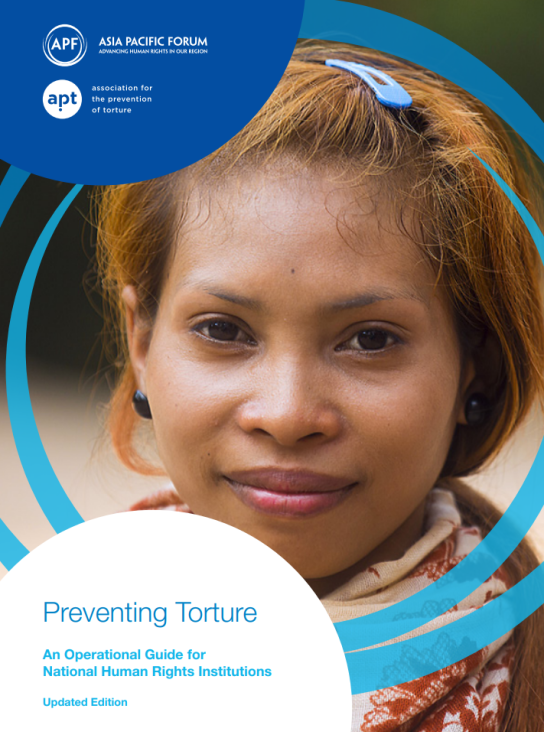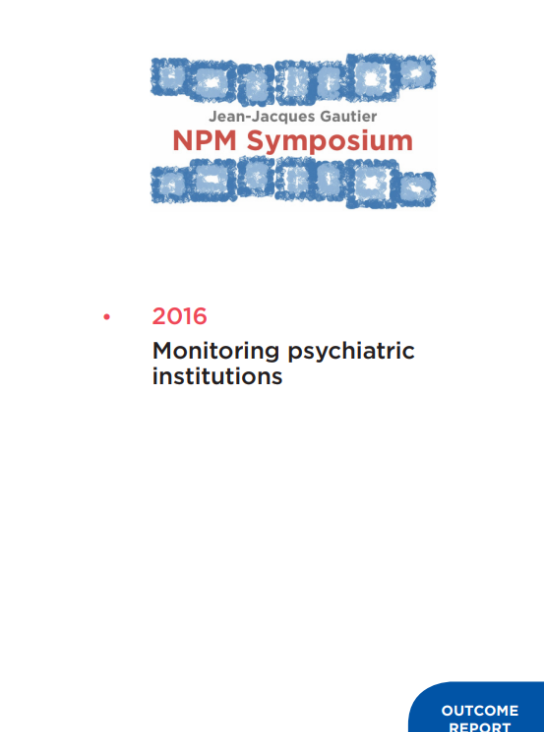
Anyone held in a closed facility – such as a prison, psychiatric institution or immigration detention facility – can be at risk of torture and ill-treatment. This is why transparency and independent monitoring are so important.
Oversight bodies – especially National Preventive Mechanisms (NPMs) – are key drivers of change. They are the cornerstone of the torture prevention system.
It is also important for NPMs and other oversight bodies to collaborate and share their experiences - specially the innovative approaches they developed during the COVID-19 pandemic - in order to build a strong and resilient global community for torture prevention.
WHAT DOES TORTURE PREVENTION LOOK LIKE?
Increased transparency of all places of deprivation of liberty through external oversight by international, regional and national bodies and civil society organisations reduces the risks of torture.
Effective and independent NPMs conduct regular, unannounced visits to places of detention and engage constructively with the authorities to implement recommendations that increase protection for persons deprived of liberty.
Cooperation between oversight bodies helps build a strong and resilient global oversight system.
HOW DOES THE APT CONTRIBUTE?
We provide advice and support when NPMs are being established, as well as practical training for members and staff of newly-established NPMs.
We bring together NPMs and oversight bodies in all regions for thematic discussions and practical workshops to share information and good practices.
We publish advice, tools and resources on detention monitoring to support their work, and stay connected online.
We developed the NPM Toolkit to provide practical and easy-to-read advice on all aspects of NPM operations.


